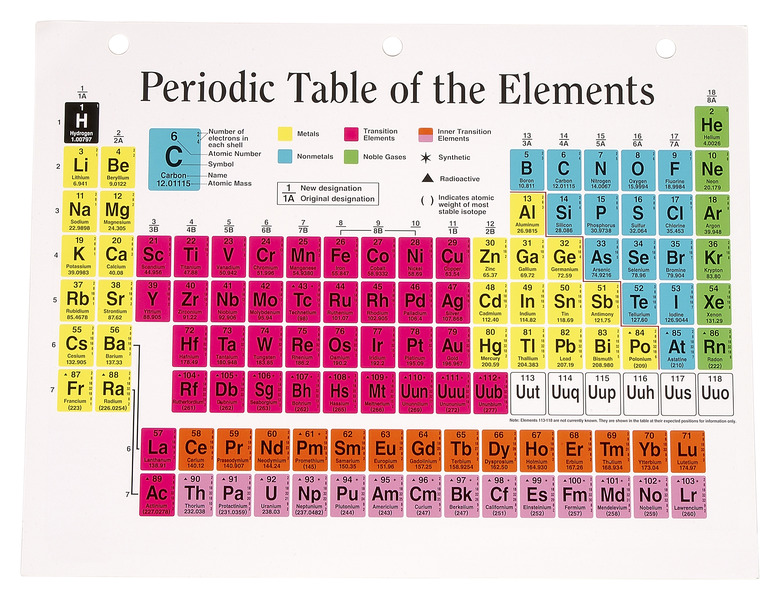How Are Electrons Distributed In An Atom's Shell?
Electrons are tiny subatomic particles with a negative charge that orbit in shells around the nucleus of an atom. Each shell can be considered an energy level, and each energy level must be full of electrons prior to an electron moving to a higher energy shell. The amount of electrons held in each shell varies, and orbits and arrangement of electrons are not like the perfectly circular models commonly seen.
Electrons per Shell
Electrons per Shell
Each electron shell holds different amount of electrons to fill the shell completely. The first electron shell can hold two electrons. The elements hydrogen, with one electron, and helium, with two electrons, are the only elements that have only one electron shell. The second shell can hold eight electrons. The third shell holds 18 electrons, and the fourth holds 32.
Sub-Shells
Sub-Shells
The electron shells are further divided into sub-shells. These sub-shells are considered energy levels within the electron shell energy levels. These sub-shells are represented by the letters s, p, d, f. They hold a specific number of electrons. For example, the s sub-shell holds two electrons, and the p sub-shell holds six. Each sub-shell is able to hold four more electrons than the previous sub-shell.
Sub-Shell Notation
Sub-Shell Notation
Sub-shells are present at each of the electron shells. For example, the element boron has five electrons. The first two electrons fit in the first shell on the first and only sub-shell s. The second electron shell has three electrons. The first two are located on the s sub-shell, with one electron on the p sub-shell. A common sub-shell notation for boron is 1s2 2s2 2p1. This notation indicates which electron shell first by a number, the sub-shell by the letter and how many electrons are present on the sub-shell with a number.
Sub-Shell Shape
Sub-Shell Shape
Although it is common to see electron models use circular shapes to display electrons and electron shells, the shape of an orbit is actually very different. The s sub-shell is sphere shaped. Each p orbital is in the shape of a dumbbell. The dumbbell shape of the p orbital can hold only two electrons. Since a p orbital may hold six electrons total, for a p orbital to be full there must be three dumbbell shapes interlocking at the center.
Electron Cloud
Electron Cloud
The electrons present in the electron shells and sub-shells do not wrap around the shells in a predefined orbit. The electrons move around in a cloud. For example, the s sub-level has two electrons maximum in a spherical shape. The two electrons do not rotate around the edge of the sphere; they can be present anywhere inside the spherical shape at any time. In fact, according to quantum physics, the electrons may go outside the sphere. The spherical shape of the s sub-shell is only the most probable spot to locate the electrons at any one particular time. This creates a cloud of probability on which the electron may be located at any time. This is true for all electron shells and sub-shells.
Cite This Article
MLA
Carpenter, Michael E. "How Are Electrons Distributed In An Atom's Shell?" sciencing.com, https://www.sciencing.com/electrons-distributed-atoms-shell-8723437/. 24 April 2017.
APA
Carpenter, Michael E. (2017, April 24). How Are Electrons Distributed In An Atom's Shell?. sciencing.com. Retrieved from https://www.sciencing.com/electrons-distributed-atoms-shell-8723437/
Chicago
Carpenter, Michael E. How Are Electrons Distributed In An Atom's Shell? last modified August 30, 2022. https://www.sciencing.com/electrons-distributed-atoms-shell-8723437/
